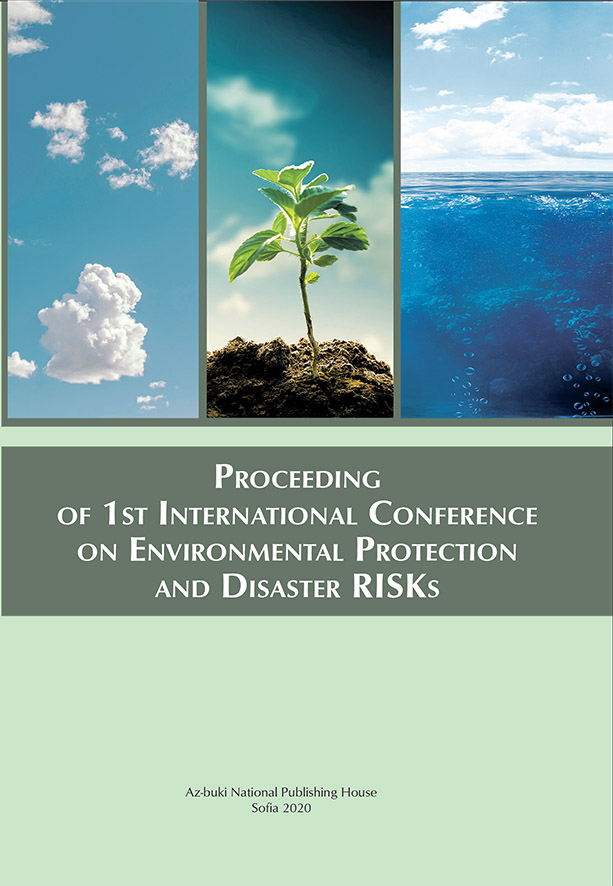
Study of One Month High Polluted Pm Event for Sofia Region
The habitants in Bulgarian capital city are unfortunately still exposed to high levels of particulate matter (PM) despite a lot of efforts made by the government and municipality during the last decades. A high resolution modelling using ADMS-Urban system was carried out for prolonged one month (January 2014) event with elevated levels of PM concentration for Sofia region. Four main emission sources (point industrial, domestic heating, roads and non-well defined transport) were taken into account for this study. Although this type of modelling accounts only for the local sources and has some deficiency, it can be very useful tool for estimation of the contribution of each source type to the concentration field and also allows to simulate different scenarios for future emission reduction that can help the authorities in decision making.
More...